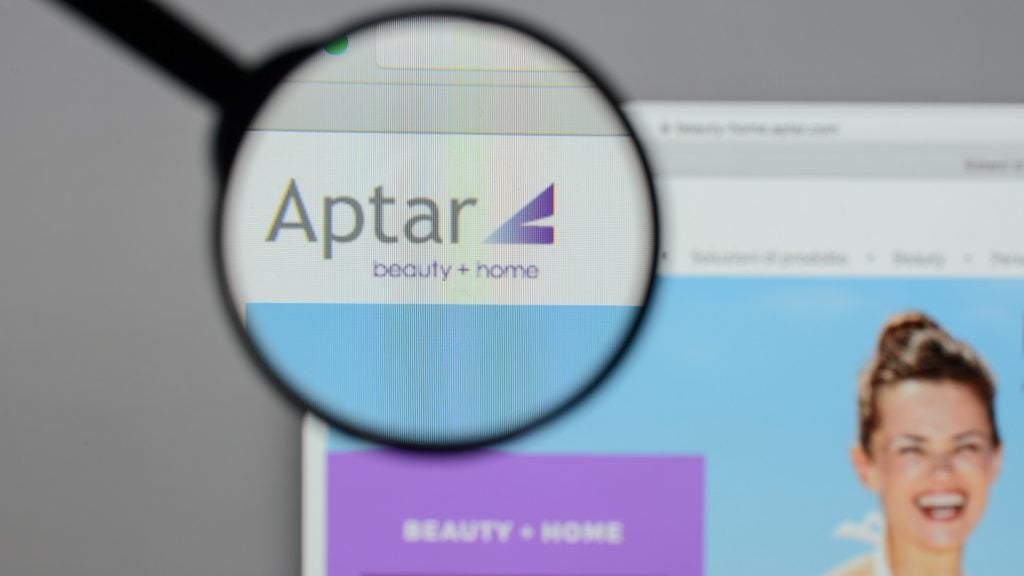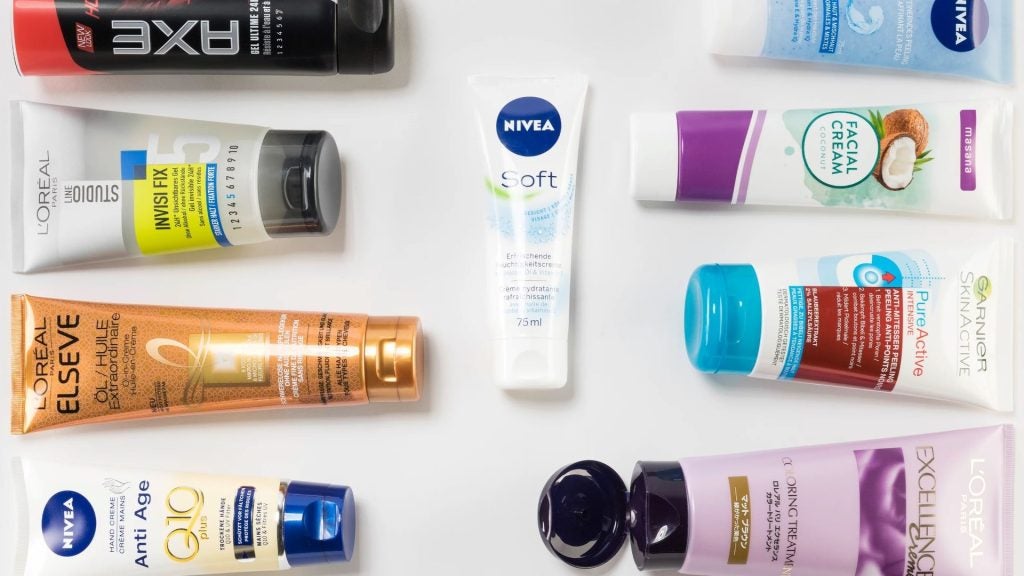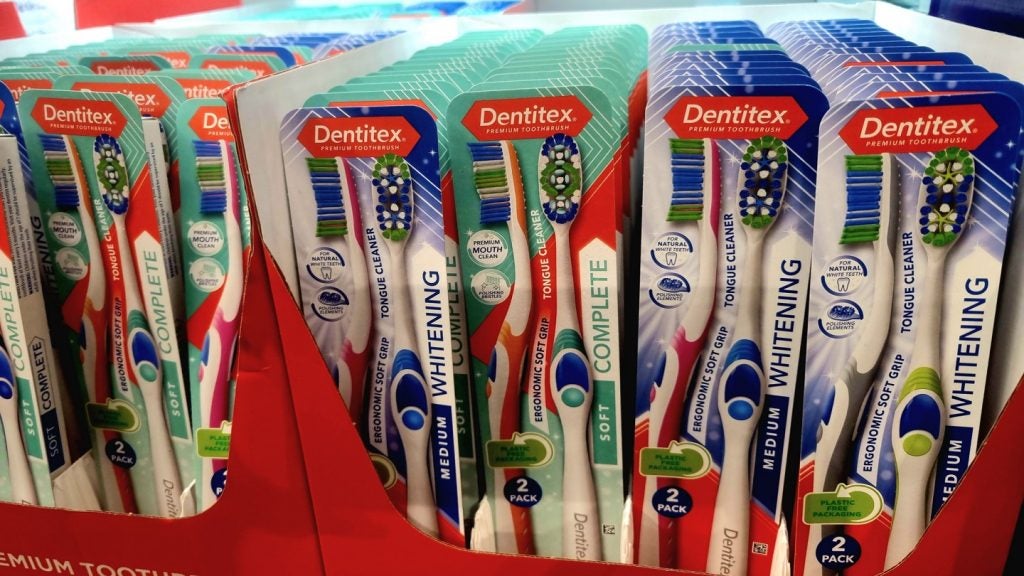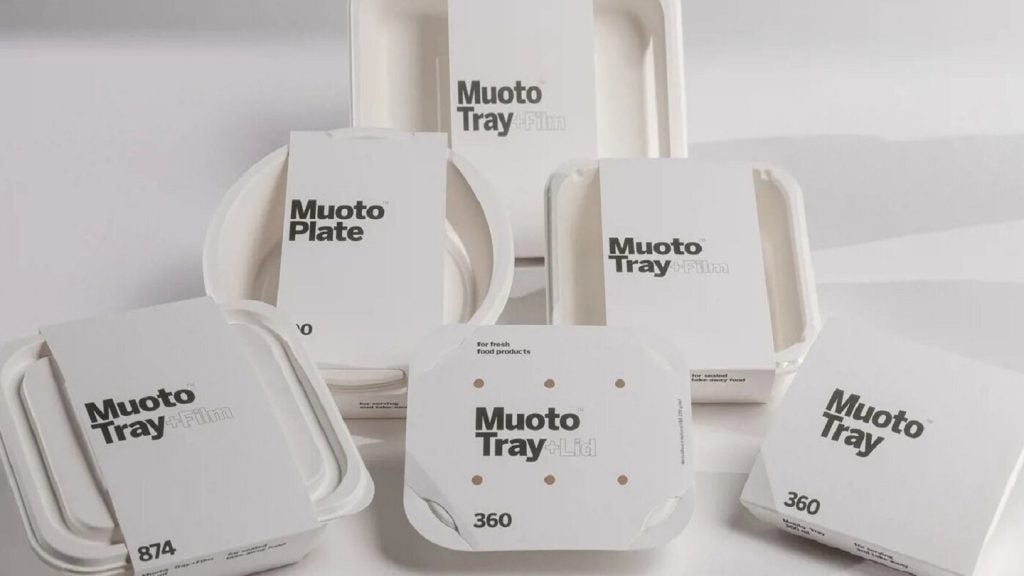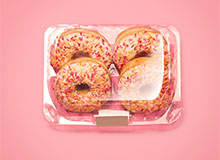

For years celiac and gluten free consumers were confronted with a smorgasbord of beige when looking for suitable products. The muted colours and simplistic branding of a wide selection of free from range hint to an industry that seems to have forgotten about the beauty of enticing and delighting the consumer. Much like buying a new set of light bulbs, gluten free purchases were thought to be practical and not fun.
Now a new generation of gluten free products are entering the market with the aim to inject a bit of life into a category that seems to be stuck in its ways. New brands such as Perkier and Glamour Puds are using eye-catching branding and smart packaging design to escape the clinical aesthetic so traditionally associated with free-from food in order to appeal to more consumers.
Keep it bright: eye-catching branding
After the rise in the vast range of gluten free products along with the increased awareness around gluten free, brands can no longer assume that consumers will always pick their product without first engaging them in the same way as mainstream consumers. Eye-catching branding can engage consumers who otherwise may not have bought that particular brand or may not have bought gluten free before.
See Also:
The new gluten and wheat free brand, Perkier, worked with packaging designer Anna Campling and design consultancy Holmes & Marchant to develop their brand identity and packaging. Perkier utilise bright primary colours and striking typography to display their memorable tagline ‘gloriously gluten free’. Campling states that from the start they knew a bright colour palette was the way to go.
How well do you really know your competitors?
Access the most comprehensive Company Profiles on the market, powered by GlobalData. Save hours of research. Gain competitive edge.

Thank you!
Your download email will arrive shortly
Not ready to buy yet? Download a free sample
We are confident about the unique quality of our Company Profiles. However, we want you to make the most beneficial decision for your business, so we offer a free sample that you can download by submitting the below form
By GlobalData"One of the main points about Perkier when they first started out was that they didn’t want to feel apologetic and they really wanted to stand out against other competitors in the market who had this sea of beige and very bland colour palettes," says Campling. "They wanted to be completely opposite to that and wanted rich, brighter, happy colours and that was the start point behind the brand."
Co-founder and director of Perkier, Ann Perkins, remarked that the company wanted to "delight" the consumer by offering them a fun, colourful product. Perkins started the company with her partner after being diagnosed with celiac disease in 2009 and finding it hard to get the products they needed: "We didn’t feel that we had all of the offers we really wanted when we were looking for quality food products but also beautifully branded and engagingly branded, so that what we’ve always been about."
It is also important when designing a new brand identity to consider how non-gluten free consumers approach gluten free packaging. This is how Peggy Van Rooyen, owner of free-from dessert company Glamour Puds, approached the design for her range. Rooyen focused on engaging the consumer by utilising 1960s style glamour, highly accessorised photography and dramatic fonts.
"I wanted to reflect that energy and … that sense of timeless style, which is why we’ve got a plain font," says Rooyen.
"The free from industry fits in the same sort of way at the moment that it’s on the brink of changing and becoming more mainstream and more acceptable and having a lot of new people onto the market."
In the ghetto: moving to the mainstream section
The bright pops of colour emerging in the free from aisle are a welcome change. Perkins states that the Perkier packaging "does stand out from quite a distance" and for that it has to thank its two tone scheme and large ticket device that almost seems to be shouting to the user ‘buy me’.
The modern designs and clever branding of the new wave of gluten free products are good enough to compete with mainstream brands and move away from the free from ghetto. Rooyen states that her first aim for Glamour Puds was for the products to be sold in the mainstream section of supermarkets to entice non-gluten free consumers.
"I’ve snuck my packaging into a few supermarkets to see how it fits on the shelf and I think it fits pretty well because my photos are quite different from other people’s but the product is still at the forefront of the photo; it’s not like it’s not all about the product," says Rooyen. "It must be interesting but familiar enough to not be threatening which has been my approach to product development."
No apologies: celebrating gluten free products
This new era in free from packaging is being seen as a celebration of free from with brands such as Perkier declaring that consumers no longer need to apologise for being gluten free.
Campling agrees, saying: "It’s less about apologising to the customers and more ‘let’s celebrate, so what if you’re gluten free you can still enjoy food’ and I think that’s the important message."
This celebration comes at a new turning point where consumers are slowly coming round to the concept that gluten free products can be tasty and engaging. Previously, the imagery that surrounded free from products was that it was boring, dull or clinical.
The negative imagery could be linked to the history of free from. Supermarkets have only been stocking free from food for just over a decade. Previously consumers needed a prescription to purchase the free from products they required.
As Perkins says: "It is not surprising that some consumers think of it as being quite clinical because some of the brands that are still successful, and still well loved by consumers, are from that background."
It seems that in the change from pharmacy to supermarket the imagery and some of the more traditional brands are still caught up in the previous era. Over the past few years more and more brands have entered the market with a new, modern outlook to rival older brands. Only time will tell if traditional brands take the risk and modernise their branding in an effort to expand their reach or stick to what they know and keep the same consumers.
Product labels: appealing to a wider audience
While a product should be labelled as free from if it meets the regulations there are some arguments to suggest that where it is mentioned on the packaging can have a significant effect on sales and the variety of consumers the brand reaches. Rooyen says she is looking into redesigning Glamour Puds packaging to move the gluten free label to the back of the pack in an attempt to appeal to a wider audience stating "I’m starting to have quite a good conversation with my core audience. Now I need to entice the rest of the audience."
Rooyen states that gluten free consumers are used to carefully reading the label and ingredients so moving free from logos and declarations to back of pack would not affect them.
"If you’re product is good enough to appeal to other people then I think it’s to your detriment to have those labels on too prominently because people do assume it’s not for them," says Rooyen
The team at Perkier have the opposite belief to Rooyen. While they are very happy to appeal to mainstream consumers, the product has been developed specifically for the gluten free market. Campling states that to remove the gluten free label would defeat the point as Perkier are "first and foremost a gluten free brand".
Perkins states that it was important that gluten free consumers were clear that their products were safe to eat especially for consumers who medically have to avoid gluten. There has been confusion around what is considered gluten free after legislation changes in January 2012 meant that products could only be labelled gluten free if they contained less than 20 parts per millions of gluten.
"You had a lot of brands that consumers thought was gluten free, for example Walkers crisps, suddenly removing that gluten free message on back of pack," says Perkins. "If it’s not clearly communicated to be gluten free you can get caught out."
Whatever way brands are approaching the free from market it is clear that the development of the free from market to reflect the mainstream is here to stay. Expect the free from aisles in your local supermarket to be slowly taken over by a wash of colourful products that are proud to be gluten free.
Follow Stephanie Phillips on Google+



